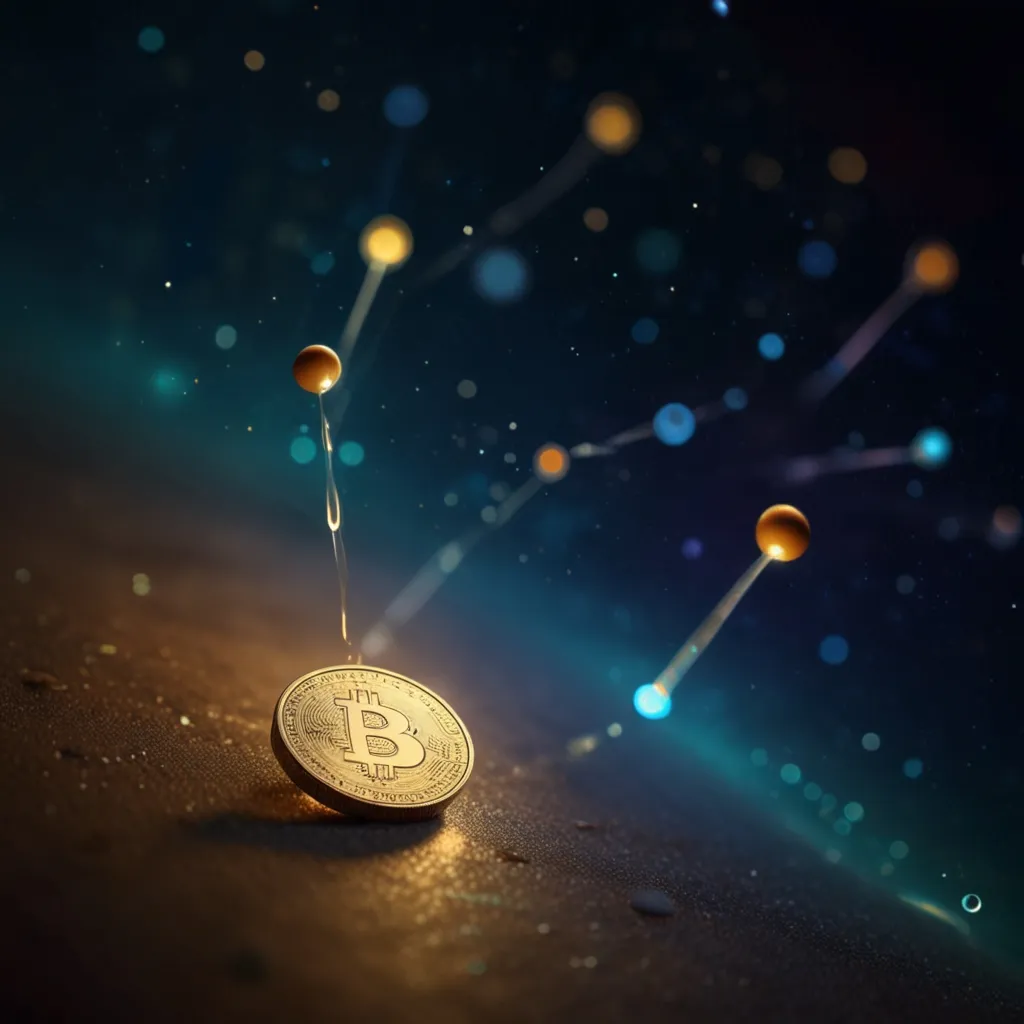A hydrogen bomb is a complex device, essentially combining three bombs into one. It includes an ordinary chemical bomb, a fission bomb similar to the one dropped on Nagasaki, and a fusion bomb. The process starts with the chemical bomb, which sets off the fission bomb, which in turn, triggers the fusion bomb. This chain reaction goes fission, fusion, fission, and so on, creating a massive explosion.
Amazingly, all these reactions occur in just 600 billionths of a second—550 billionths for the fission bomb implosion and 50 billionths for the fusion bomb. The end result is a colossal explosion with a yield of 10 million tons.
When you weigh all the atoms of the fuel before and after the explosion, you’ll find that the sum of atoms after is less than before. This loss of mass gets converted into energy. For instance, the bomb dropped on Hiroshima converted 700 milligrams of mass into energy, which is about one-third the mass of a U.S penny.
These bombs harness immense power, showcasing just how much energy can be derived from tiny amounts of matter, driving home the sheer destructive potential of nuclear weapons.






